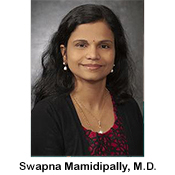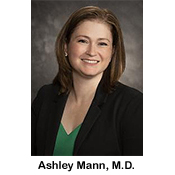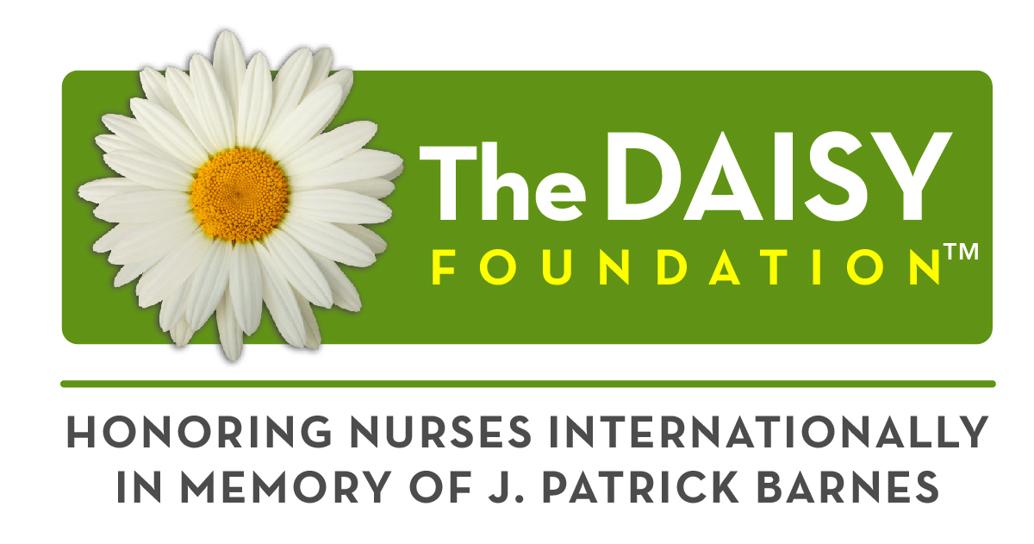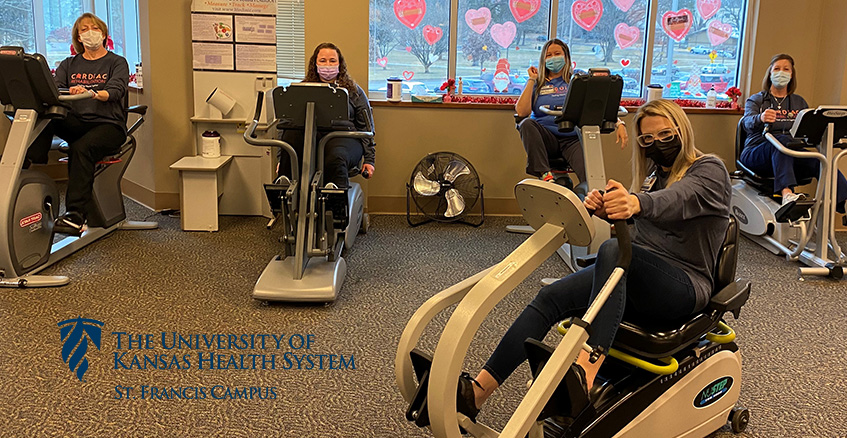Cardiac Rehab Patient Praises Teams for Changing my Life
Hearing the doctor say, “I can do the surgery next week” shocked Chris Oshel, even though she’d known for years that a birth defect would eventually require open heart surgery and extensive cardiac rehab.
“11 years ago, my primary doctor detected a murmur,” Oshel said. “She sent me to a cardiologist and they found that I had an extra piece of skin – a membrane under my aortic valve. They said that if I ever showed symptoms like shortness of breath, the membrane would have to be surgically removed.”
 Oshel, 55, a supervisor in system support for an area utility company, was a patient of Dr. Swapna Mamidipally, cardiologist at The University of Kansas Health System St. Francis Campus. At every annual checkup, Oshel would undergo an echocardiogram to check on the valve.
Oshel, 55, a supervisor in system support for an area utility company, was a patient of Dr. Swapna Mamidipally, cardiologist at The University of Kansas Health System St. Francis Campus. At every annual checkup, Oshel would undergo an echocardiogram to check on the valve.
Troubling symptoms
In August 2021, Oshel started experiencing shortness of breath and swollen ankles, and was retaining water in her abdomen, so she scheduled an appointment with Dr. Mamidipally, who ordered a number of tests, including a cardiac magnetic resonance imaging (MRI) and a transesophageal echocardiogram (TEE) so the team could get a better look at Oshel’s heart.
During the MRI, Oshel laid on a platform that slid inside the middle of a large, doughnut-shaped machine. The MRI generates a magnetic field and computer-generated radio waves to create a detailed image of her heart.
For the TEE, a long, thin tube (endoscope) was inserted down her esophagus so the doctors could see a detailed image of her heart without the ribs or lungs in the way. With the results of these tests, it was determined that Oshel needed surgery to repair the defect as soon as possible.
Dr. Mamidipally shares, “She was born with an abnormal membrane in the heart that was causing a mechanical obstruction to the blood flow from the heart and eventually causing damage to her aortic valve. This was causing symptoms of shortness of breath and fatigue limiting her ability to perform her daily activities. She was retaining lot of fluid due to congestive heart failure. The only effective and permanent way to relieve her symptoms was doing open heart surgery to remove that abnormal membrane and replace the damaged heart valve with a new valve.”
The staff helped Oshel and her family understand exactly what would be done during the surgery. “They had a model heart with valves and stents to explain each step of the surgery. They answered all our questions and we learned a lot.”
 During the operation, Dr. Ashley Mann, cardiovascular surgeon at The University of Kansas Health System St. Francis Campus, and the surgery team examined the extra membrane and found that it had caused the aortic valve to expand. They proceeded to remove the membrane and replace the aortic valve with a tissue valve.
During the operation, Dr. Ashley Mann, cardiovascular surgeon at The University of Kansas Health System St. Francis Campus, and the surgery team examined the extra membrane and found that it had caused the aortic valve to expand. They proceeded to remove the membrane and replace the aortic valve with a tissue valve.
Oshel was discharged to go home 5 days later. A week later, she began the hospital’s Cardiac Rehabilitation Program.
Rehabilitation begins
Oshel admitted that she began the program in less than ideal shape. “I was not a very good heart patient. I ate what I wanted and exercised when I wanted. I tried to maintain my weight, but I wasn’t good at it. All my life I heard the suggestions about leading a healthy life. I just didn’t realize the impact they would have on me when I got older.”
On her first day at the cardiac rehabilitation clinic, Oshel met with one of the nurses to learn more about the expectations surrounding her time there. She was then introduced to each workout machine and learned how many repetitions they would do that particular day.
Collection of health data
Every day started with a temperature check as a precaution for detecting COVID-19. Afterwards, Oshel had to answer a number of questions, such as:
- How is your day going?
- How’s your pain level?
- Are you taking your medications?
- Any questions about your meds?
- How are you eating?
- Are you weighing yourself every day?
“They really took an interest me. Not just about my pain, but how I was feeling in general. They were wonderful. I cannot sing their praises enough. They changed my life.”
Before starting her workout each day, she interacted with the following technology:
- A scale to record her weight
- A blood pressure cuff to get her pressure before the workout
- A heart monitor to get a resting heart rate
- A pulse oximeter to get a baseline oxygen saturation level
After the daily data was collected, Oshel began her warm up exercises and then moved from machine to machine. She followed a specific exercise program designed for her age, fitness level and the type of surgery she had.
After the workout was over, she did cool down exercises. After waiting 5-10 minutes, the nurses came over to record her blood pressure and oxygen level, and then take off the heart rate monitor.
If a patient ever has a question about the number of repetitions or the correct way to use each machines, the staff is there to help out.
“At first I was on a restriction that I couldn’t exercise my arms and upper body because of the incision. So for the first 6 weeks after the operation, I got in better shape by walking on a treadmill or cycling on a recumbent elliptical machine. Later, after a chest exam, I was cleared to start doing upper body exercises.”
Watchful eyes, warm hearts
Oshel quickly found out the staff is very attentive to everyone’s workout exercises during the day.
“I was on a treadmill and thought, you know, this is really easy. I think I'm going to increase it. So I increased it myself. As I was walking faster on the treadmill, my heart rate began to rise,” said Oshel.
“One of the nurses came over to me, smiled, and said ‘What did you do?’ I replied ‘I increased it from 2.5 to 3.’ She was very kind and said, ‘Okay, if you want to increase, that's fine. But we don't take it that fast. We only increase by small amounts, like .1.’”
“Another time,” said Oshel, “I was walking the incline machine. Normally I had it at no incline, but somehow it was on a 1.5 degrees incline. I was really sucking air! The staff knew what was going on because they could read the numbers on their monitors. Still, one came over and cheerfully asked ‘All right, what's going on?’ I had a great rapport with them during the workouts. I felt very comfortable and confident that they were there watching and helping me all the time.”
These days, Oshel still has some pain and is limited in what she can do. “I had no idea how much your upper body is used to do stuff. But I’m proud to say I graduated (from the rehab program) and I still exercise every day, which is not something I did before.”
She has also taken more interest in what she eats, thanks to the diet tips and healthy recipes she learned at the rehabilitation center. “I am now a label reader, which was not something that I did before. I look at the sodium content on food labels.”
All in all, Oshel has high praise for the medical and cardiac rehabilitation teams.
"The surgery was a very scary thing, but they took care of me and made me feel as comfortable as I could be. They are not there just to get you through the surgery or the rehab, they are there to help you live a healthy life.”
To read more information about our cardiology services and physicians, visit the department’s web page.




